A school for an orphanage
The project aimed to complete the construction and outfitting of a primary school within the “Les enfants de l’Atlas – Dar Bouidar” children’s home, which houses abandoned children from Marrakesh. The primary school would enable 120 orphans to access quality education. The school was to include three classrooms, a playroom, a music room and a library. It also aimed to cater for children with disabilities.
The new classrooms at the “Les enfants de l’Atlas – Dar Bouidar” children’s home primary school were successfully completed and inaugurated in November 2019. All the members of La Fabrique des Écoles were present. Over 120 orphans now have access to quality education, in a child friendly and age-appropriate environment, enabling them to grow up with the tools and skills they will need to live their lives to the full.
La fabrique des écoles is a Swiss charity founded in 2015. It aims to support the construction and/or renovation of schools and broader education projects.
Type
Education / Community DevelopmentDuration
April 2018 – June 2019Location
Marrakesh / MoroccoWith whom
La fabrique des écoles
Website
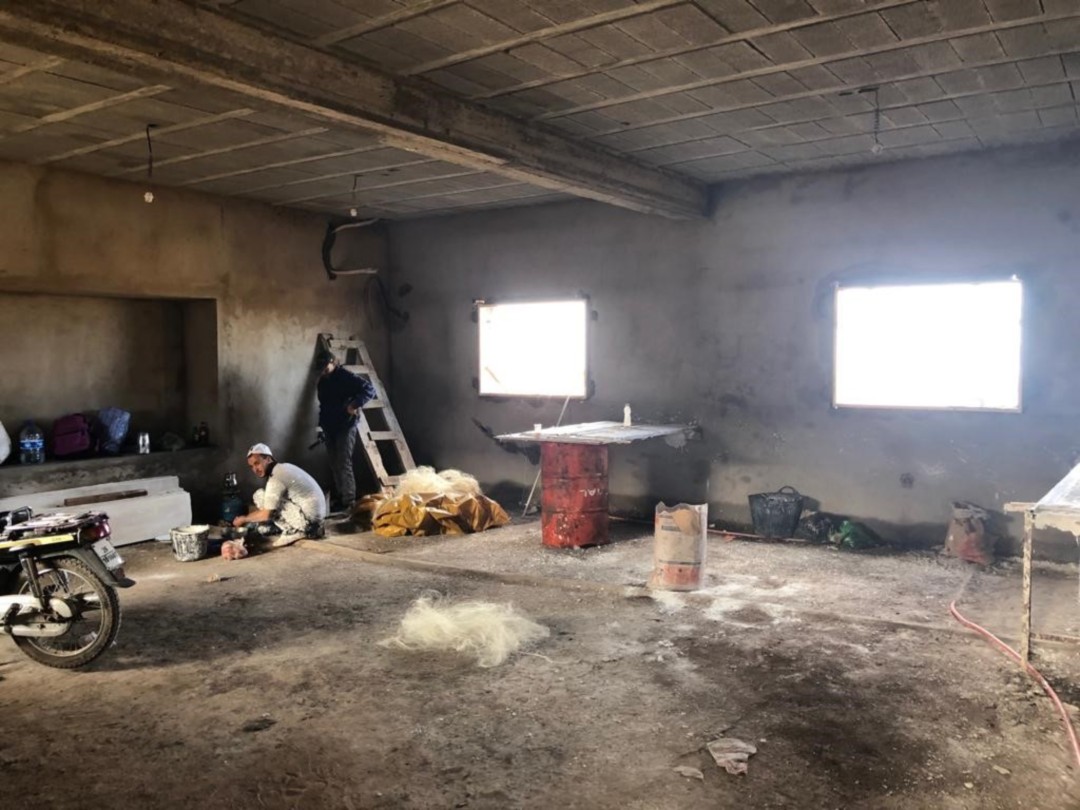
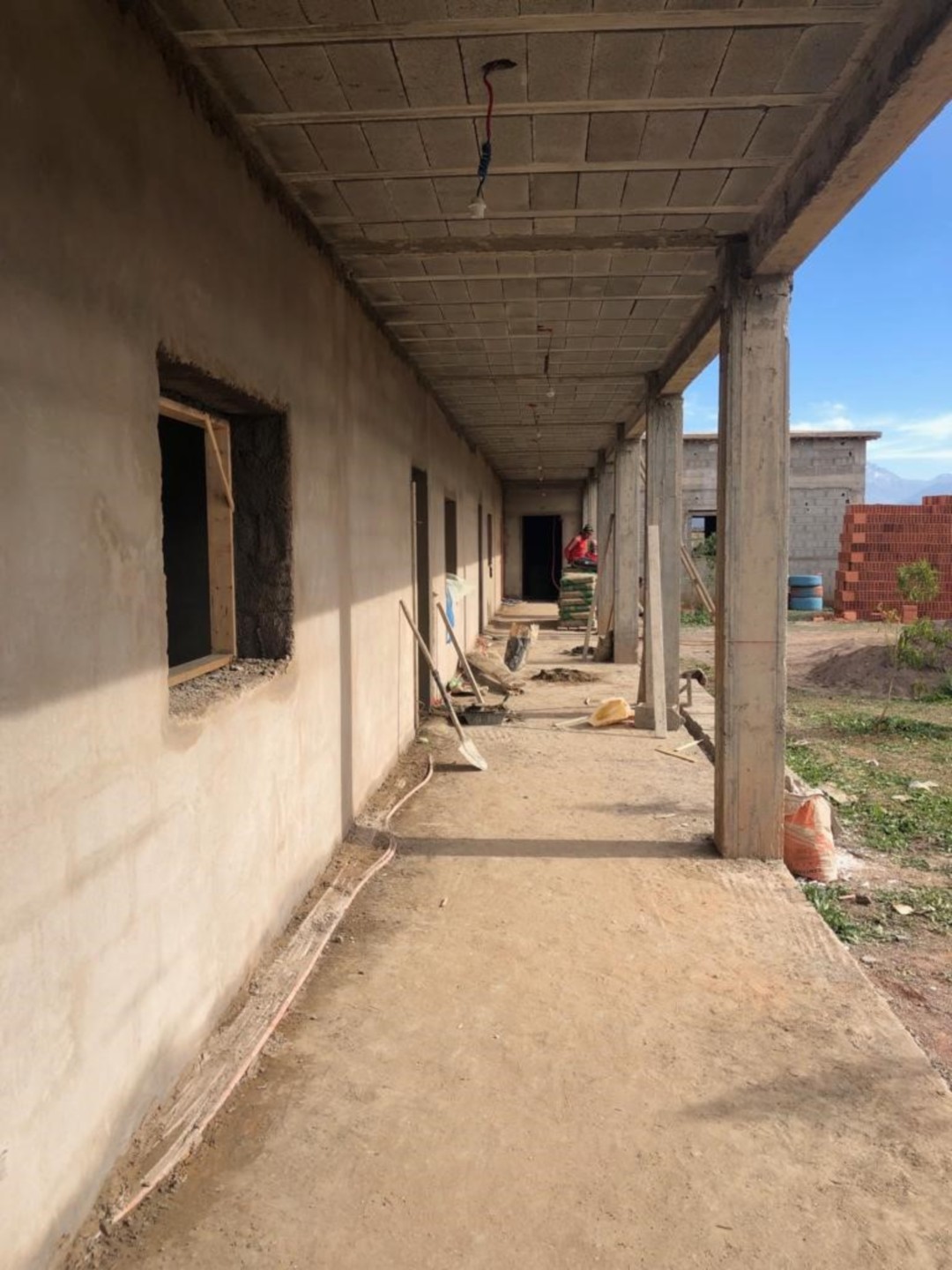
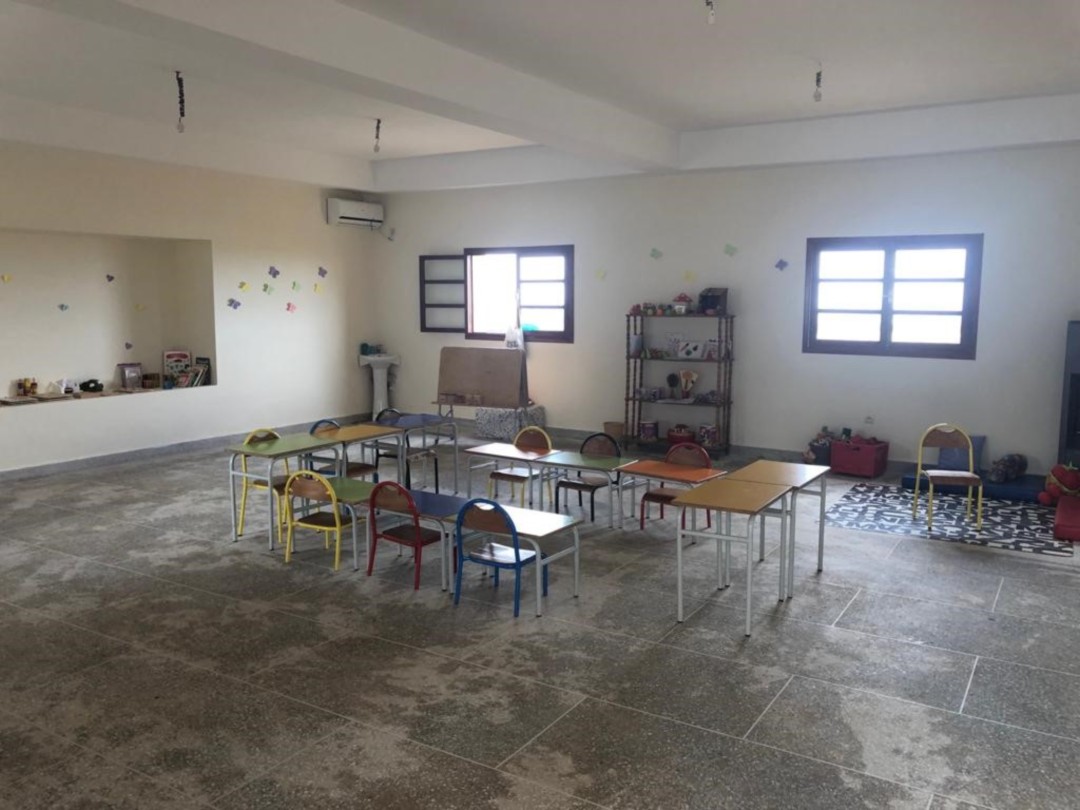
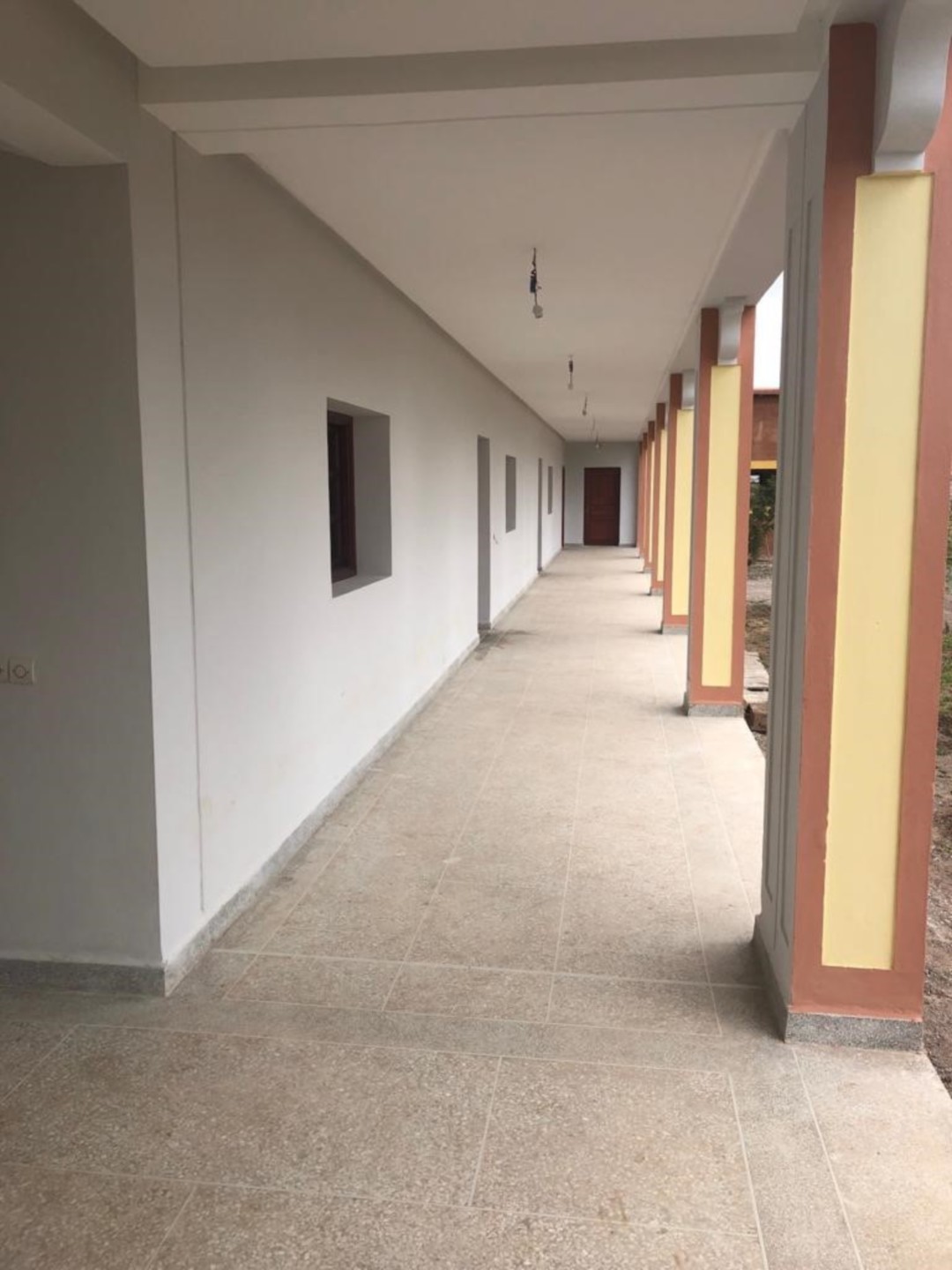
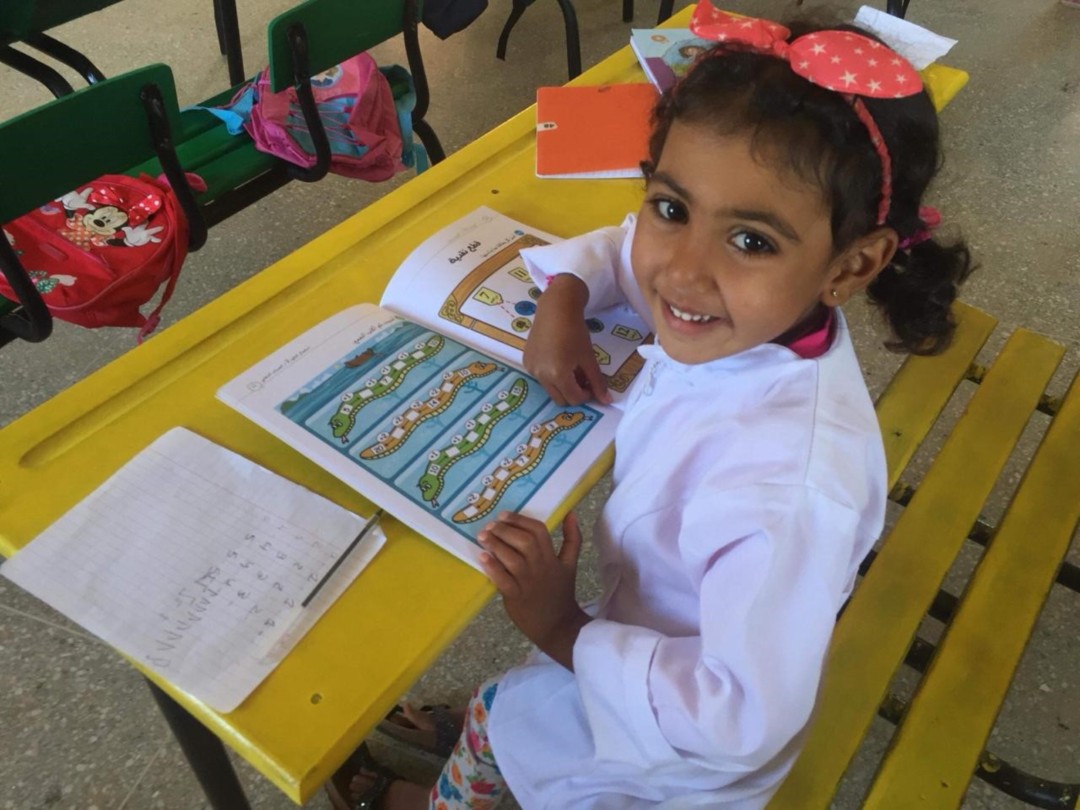
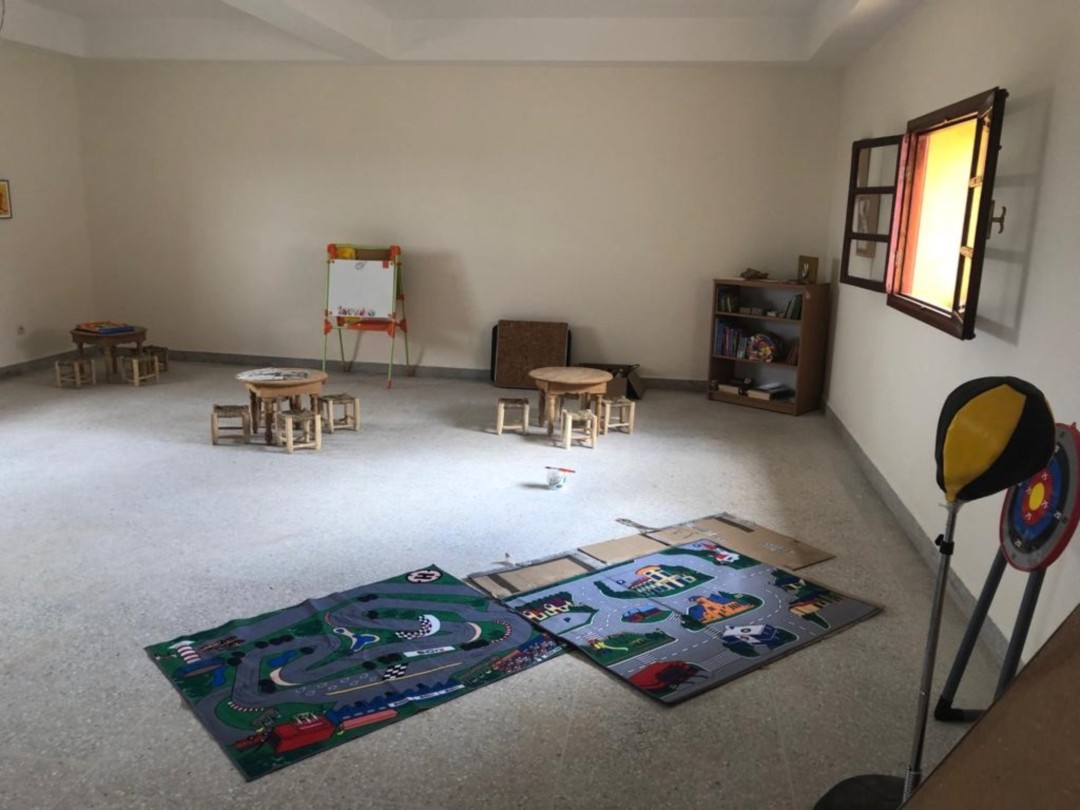
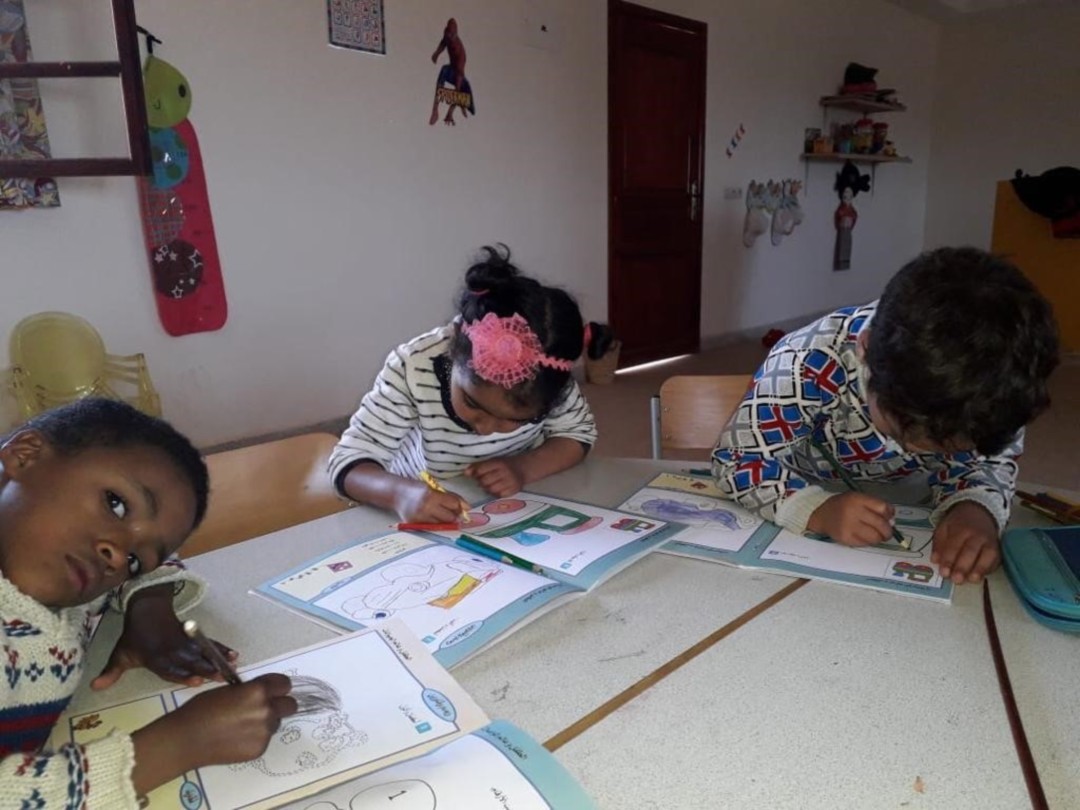
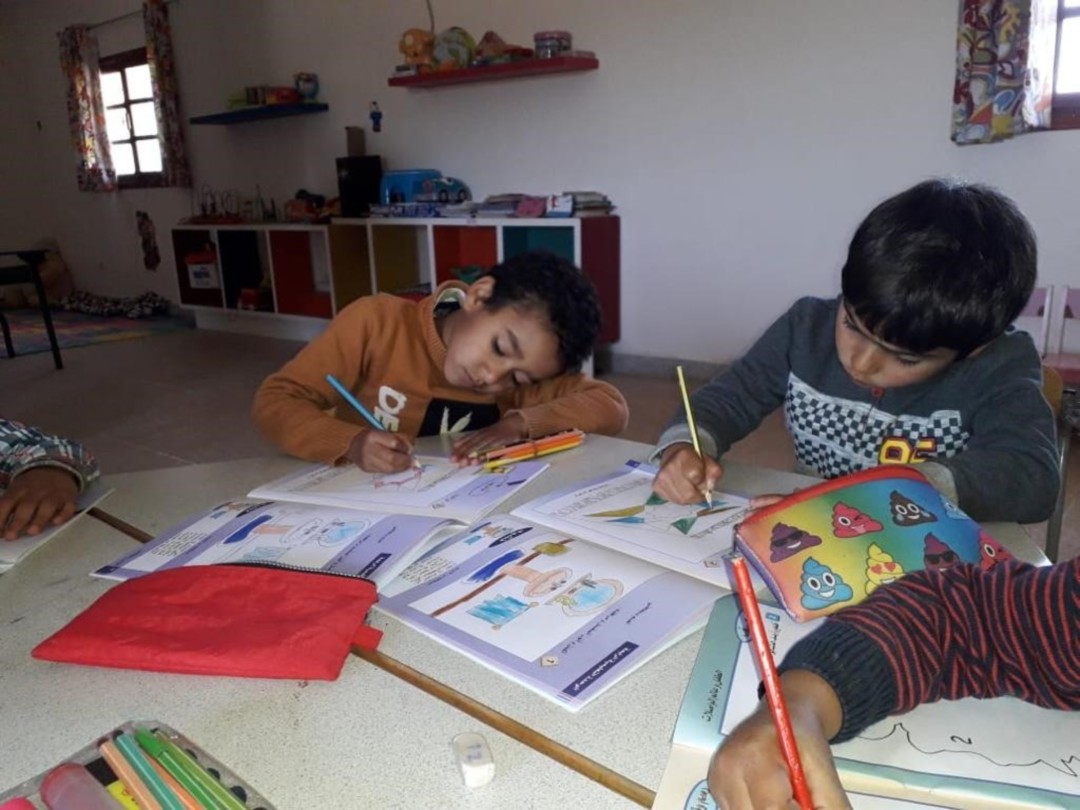
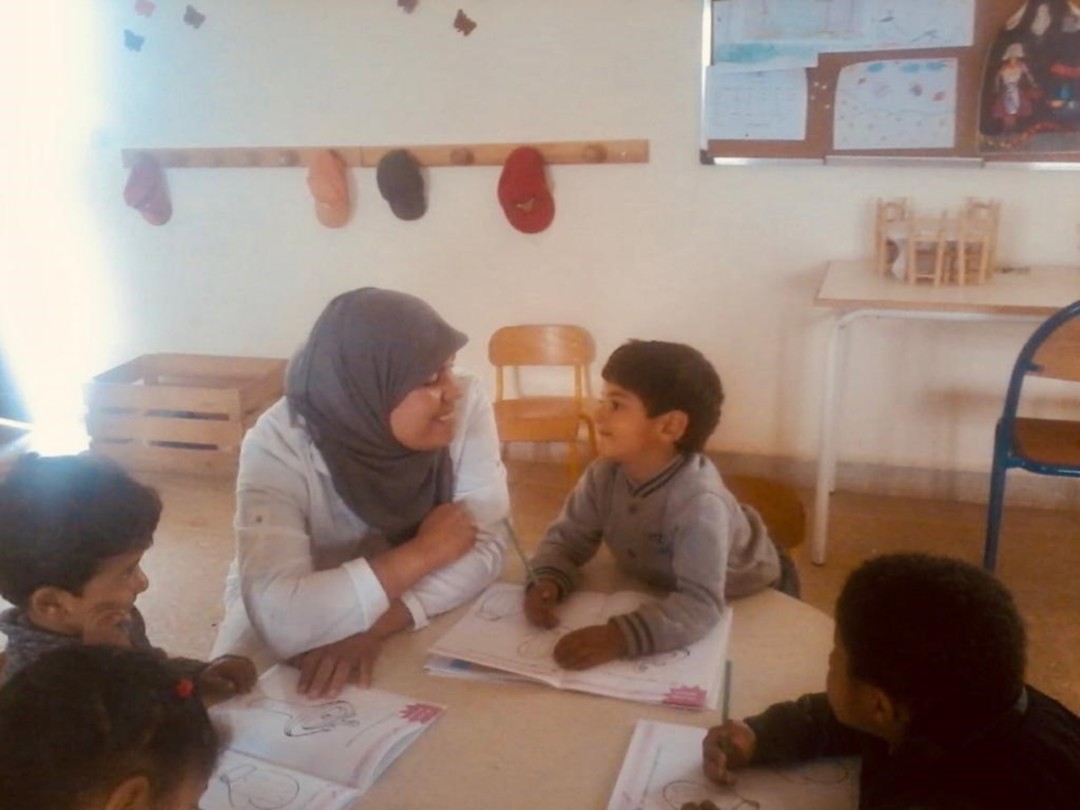
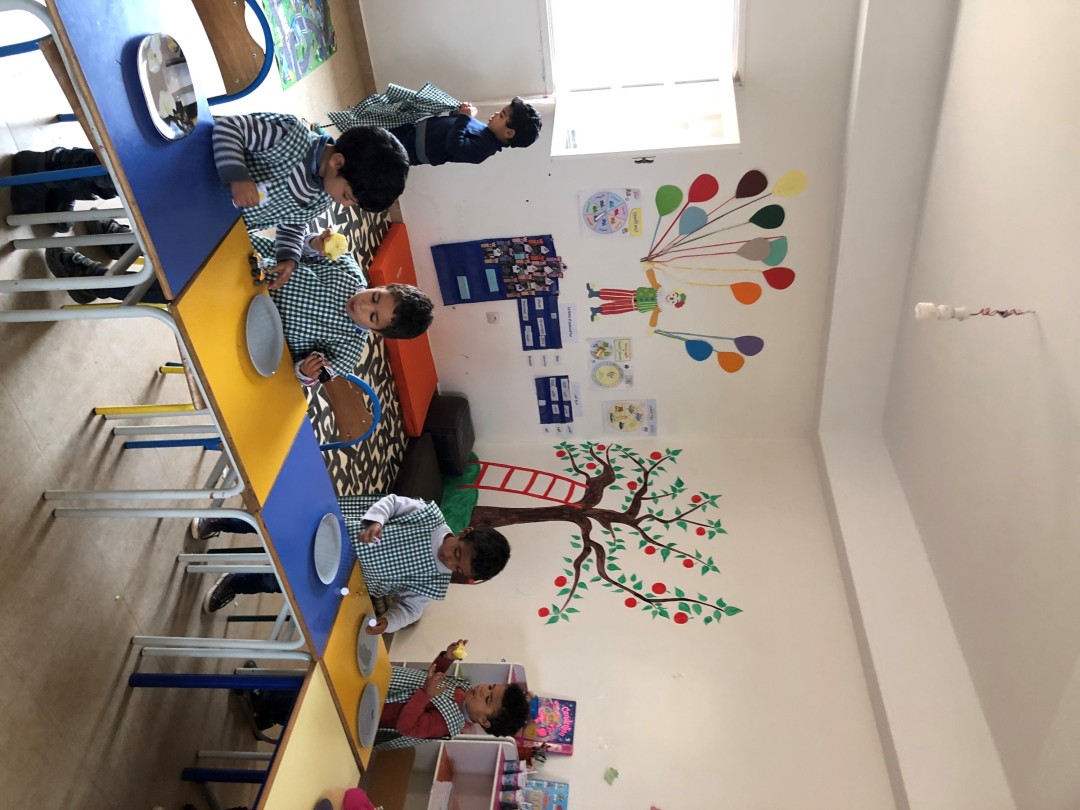
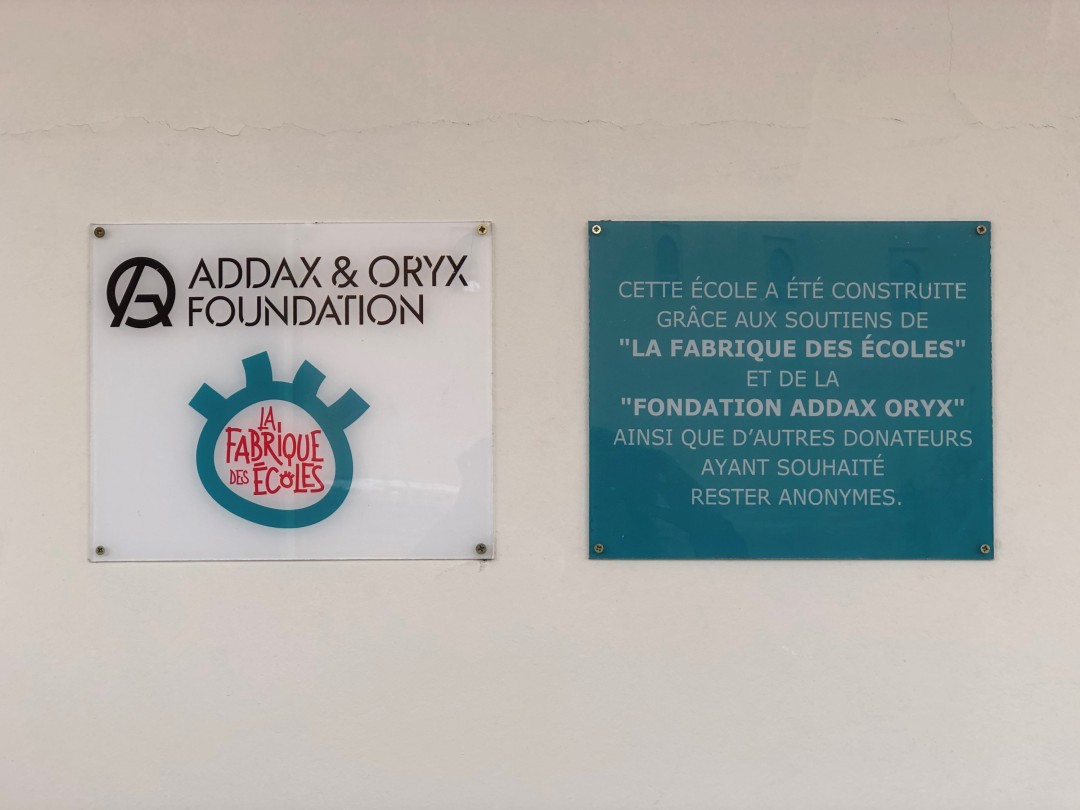
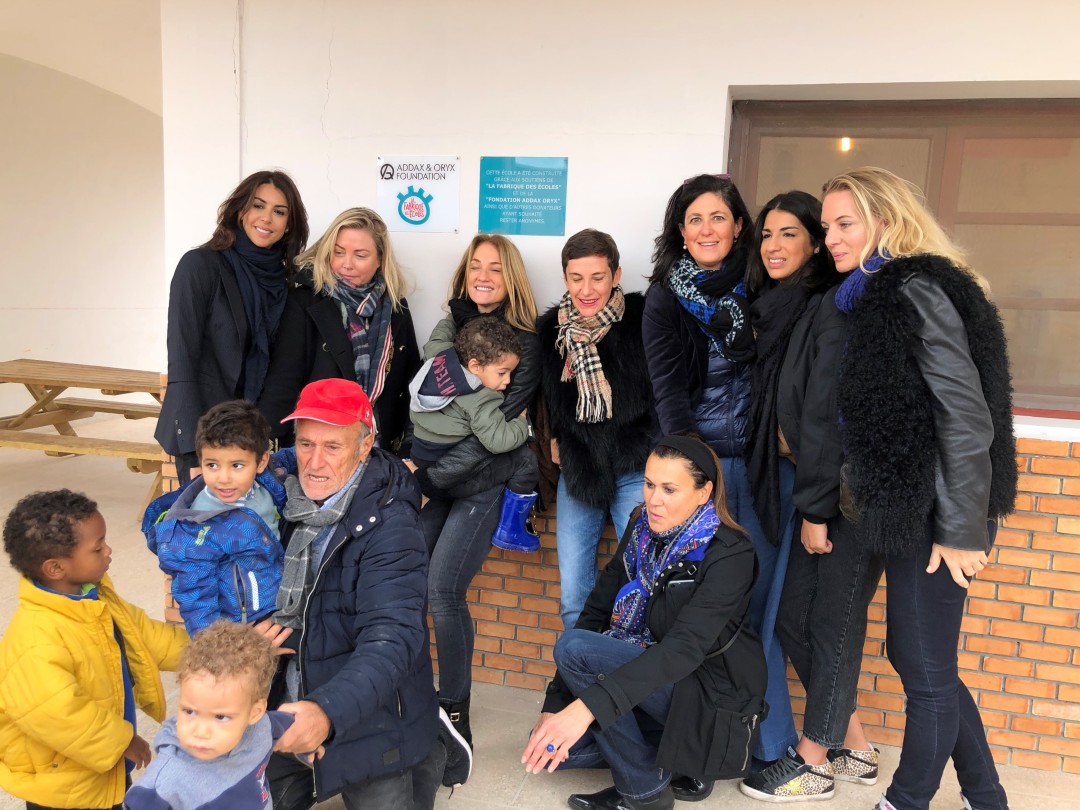
Morocco
Population
35.7% (2017)
Per Capita Income
USD 2'860/year (2017)
Poverty rate *
5% (2013)
Literacy rate
69% (2016)
Human Development Index
123nd out of 189 countries (2018)
The new government coalition appointed in April 2017 plans to pursue the macro-economic and constitutional reforms, upgrade social services and promote job creation. Extreme poverty has been eradicated and in seven years the poverty rate was halved to reach 5% in 2014. Over the past decade, the population has rapidly gained improved access to basic social services. In rural areas, access to electricity increased from 10% in 1994 to 84% in 2009, and access to drinking water from 14% to 90%. Maternal and child health has also significantly improved in Morocco. Agricultural production which represents 15% of the country’s GDP is subject to the vagaries of the weather. Today, the country is a leader in green growth strategies and in combatting climate change.
Sources: World Food Program, UNICEF, World Bank, 2016 Human Development Report, Human Development Indices and Indicators (2018 Statistical Update)
*The percentage of the population living below the national poverty line.